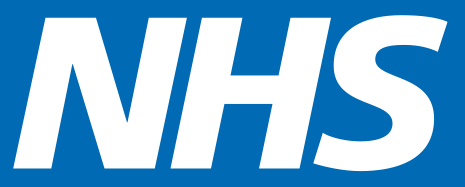|
This is about…
|
Evidence-based approaches to improve practice
|
||
|
Applicable to level(s)
|
Single practice
|
Network of practices
|
Regional or national networks
|
|
Likely skills and resources needed
|
Clinical Management
|
||
|
Likely difficulty
|
 |
||
|
Likely time commitment
|
 |
||
|
Do…
|
Accept that most approaches to improvement practice have modest effects which can accumulate if used consistently over time to produce a significant impact
|
||
|
Don’t…
|
Waste time on complicated and costly improvement fads
|
||
|
Illustrations
|
Education, informatics, and financial incentives for safer prescribing.
Pharmacist-led feedback, educational outreach support for safer prescribing.
Feedback to high antibiotic prescribers.
Brief educational messages for diabetes.
A review of computerised decision support.
A review of audit and feedback.
A review of educational meetings.
|
||
|
Helpful resources
|
Recommendations on audit and feedback.
Examples of audit and feedback.
|
||
A range of approaches can support changing practice. You will be familiar with most if you are on the receiving end of initiatives to improve practice. They include approaches like education, computerised prompts and reminders and financial incentives.
Considerations in selecting approaches:
- Strength of evidence. Some approaches have a stronger evidence-base than others. For example, audit and feedback has been tested in randomised trials many times across a range of settings and clinical topics. Whilst there are no guarantees it will work consistently for a given problem, there are ways to improve the chances of success – such as providing repeated rather than one-off feedback and including explicit action plans with feedback. In contrast, there is a much more limited evidence base on financial incentives, suggesting that you should use this approach with caution.
- The nature of the implementation problem. You need to apply some judgment in deciding which improvement approaches may work best for a given clinical problem. For example, computerised prompts can reduce errors of omission in prescribing decisions. However, they are less likely to work when tackling more complex issues, such as counselling patients or reducing emergency readmissions.
- Fit with available resources and skills. You need to make the best use of existing resources, such as practice pharmacists in auditing prescribing and educating the team.
- Unintended consequences. Some approaches may not work as intended or even have undesired side effects. For example, feedback on clinical performance showing a large gap between actual and recommended practice can be demotivating, or prescribing safety prompts which appear on-screen after you have made a clinical decision and counselled a patient on treatment can de-rail a consultation.
- The balance of costs and benefits. The effects of interventions may not always pay for themselves. For example, for educational outreach visits to reduce prescribing, the costs of educator and staff participation time may eclipse any savings. However, if the same approach of education outreach was even only modestly successful in improving your practice’s use of clinically effective strategies to promote weight loss or reduce smoking, the longer term population health benefits could outweigh the upfront costs.
- Single versus combined approaches. It is often possible to combine different approaches to improve practice, for example, educational outreach with audit and feedback. In some cases this can make sense if the approaches are complementary, e.g. if the outreach meetings aim to reinforce action planning following feedback. However, combined approaches can be more costly. Furthermore, there is no convincing evidence that combined approaches are more effective than single approaches – although this may be because evaluators have ‘thrown in the kitchen sink’ in efforts to address more difficult improvement problems.
Table 3 summarises some key evidence and considerations in choosing improvement approaches. Table 4 sets out 15 suggestions for effective feedback based upon evidence synthesis and interviews with experts.9 Approaches to improve practice generally have modest impacts. Such modest impacts might be worthwhile because:
- Effects are in the range, if not better, than those of many recommended clinical treatments.
- Effects can be worthwhile in relation to costs of improvement approaches.
- Effects of improvement approaches can be complementary and cumulative over time.

